Chemical products have an indispensable importance as raw materials in many sectors. However, since these products are generally classified as hazardous materials, they cannot be handled like other cargo groups. It is only possible to master all the processes in the transportation of chemical, flammable and explosive products with an experienced logistics solution partner in this sector such as Turkon Line. Turkon Line stands by these sectors with its knowledge and skills in every aspect from the transportation of the products to their stowage, from waiting at the port to their storage. Turkon Line, meticulously complies with international environmental standards as well as safety standards. International regulations have been determined for the transportation processes.
The International Maritime Organization (IMO) sets standards for the safety and security of international transport and overseas legal issues. The transportation of dangerous goods by sea is regulated by two main conventions. SOLAS (International Convention for the Safety of the Life at Sea) and MARPOL (International Convention for the Prevention of pollution from Ships).
The IMDG Code was created in the framework of Chapter VII of the SOLAS Convention at the 1960 SOLAS Conference. The IMDG Code was approved by the IMO Maritime Safety Committee ( MSC ) with the recommendation of the governments at the IMO meeting in 1965. It was also made mandatory as of January 1, 2004. The purpose of the IMDG Code is to provide an international standard for the safe transportation of dangerous goods in packaged, container or cargo transportation units as stipulated by the United Nations SOLAS/74 Convention.
Classification of Dangerous Goods and Risk definitions for sea, air, train, land and inland waterways transports are made by the United Nations Committee of Experts on the Transport of Dangerous Goods.Dangerous cargoes are numbered and named by giving UN Number and Proper Shipping Name. UN number is the 4-digit number given to dangerous goods by the United Nations (United Nations) in order to easily find the characteristics and stowage requirements of dangerous goods. Example: UN 1203 GASOLINE. Dangerous goods are grouped according to their chemical structures (flammable, pressurized), shapes (solid, liquid, gas) and hazards (explosive, toxic). 9 different dangerous goods classes, which have separate characteristics in terms of life and property safety, are listed below according to international labels and code marks.

Symbol :Exploding bomb black
Ground :Orange
Number & Colour :1 & Black
Note :**Section location - explosiveness, while the secondary risk will be left blank.
*Compatibility group location - explosiveness, while the secondary risk will be left blank.
Symbol :Black numbers will be about 30 mm high and 5 mm thick
Ground :Orange
Number & Colour :1 & Black
Note :* Compatibility group location.
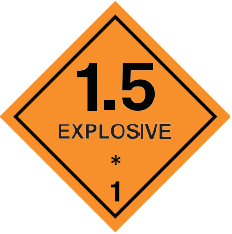
Symbol :Black numbers will be about 30 mm high and 5 mm thick
Ground :Orange
Number & Colour :1 & Black
Note :* Compatibility group location.
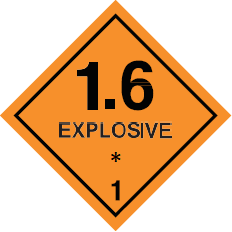
Symbol :Black numbers will be about 30 mm high and 5 mm thick
Ground :Orange
Number & Colour :1 & Black
Note :*Compatibility group location.

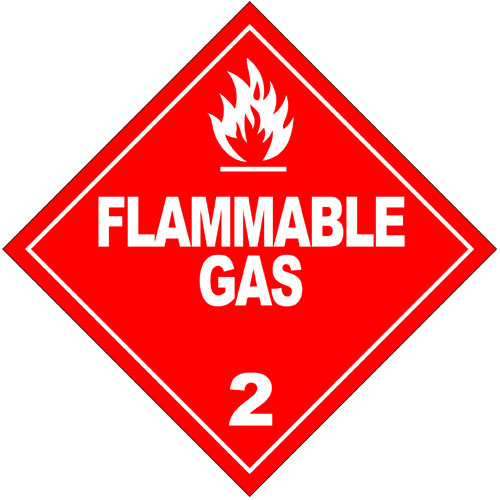
Symbol :Flame black or white
Ground :Red
Number & Colour :2 & Black or white
Example :Lighter Gas, Ethane, Methane, Propane, Hydrogen, Acetylene
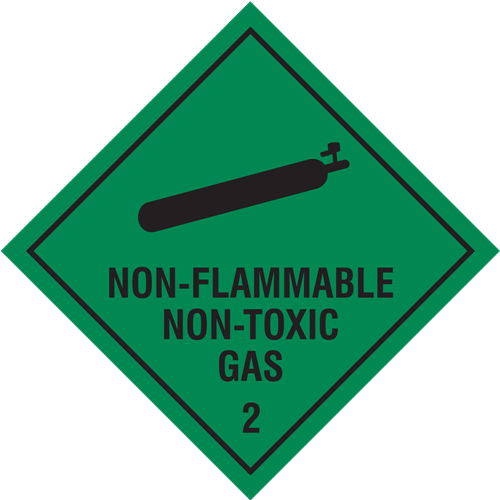
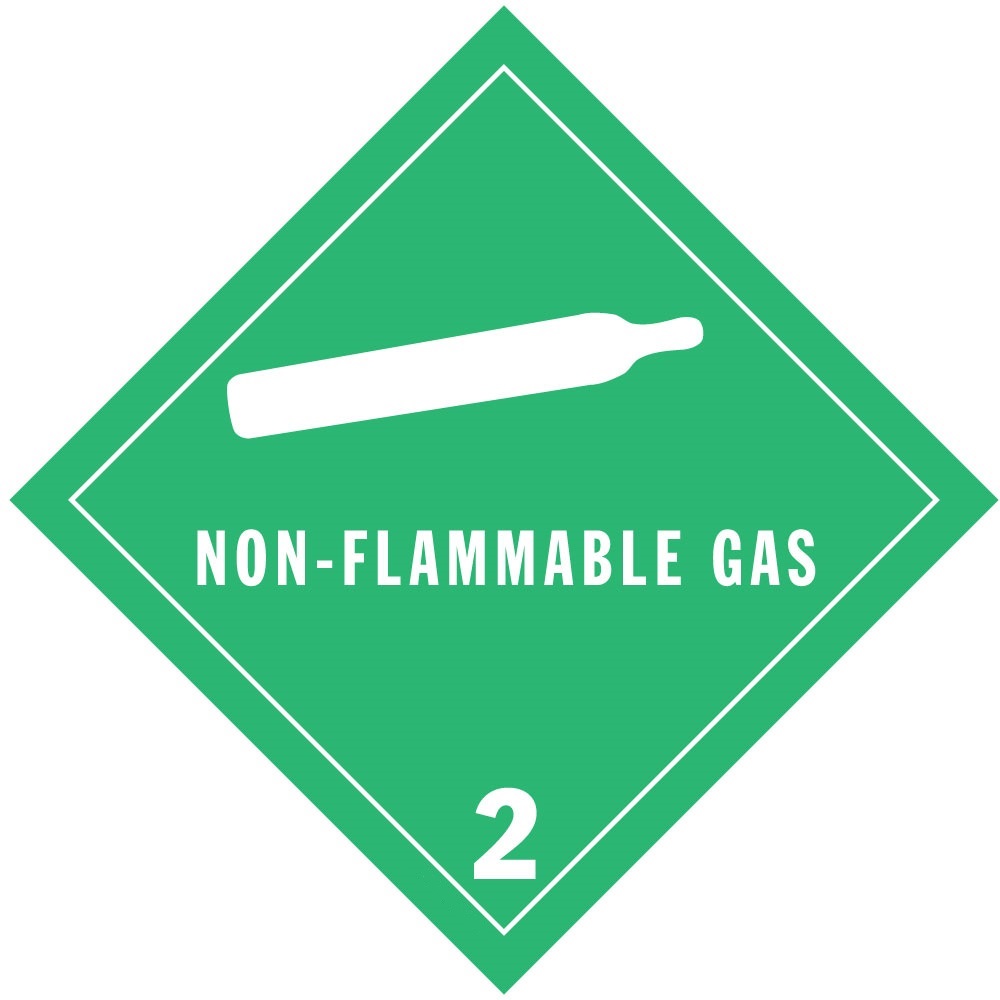
Symbol :Gas cylinder black or white
Ground :Green
Number & Colour :2 & Black or white
Example :Ammonia, Compressed Oxygen, Argon, Helium, Carbon Dioxide
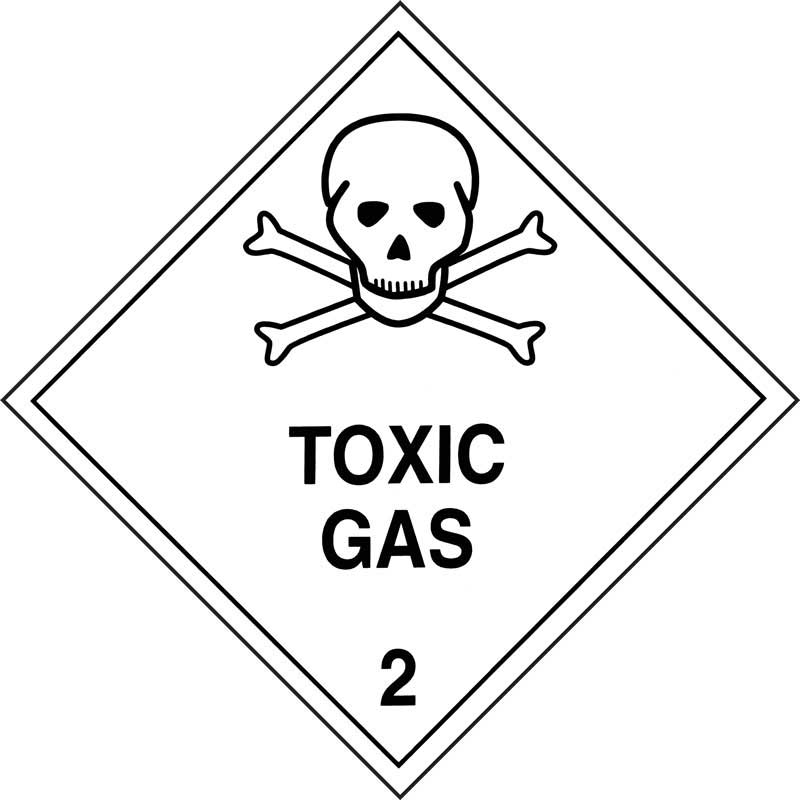
Symbol :Skull and crossbones black
Ground :White
Number & Colour :2 & Black
Example :Ammonium, Air Gas, Cyanide

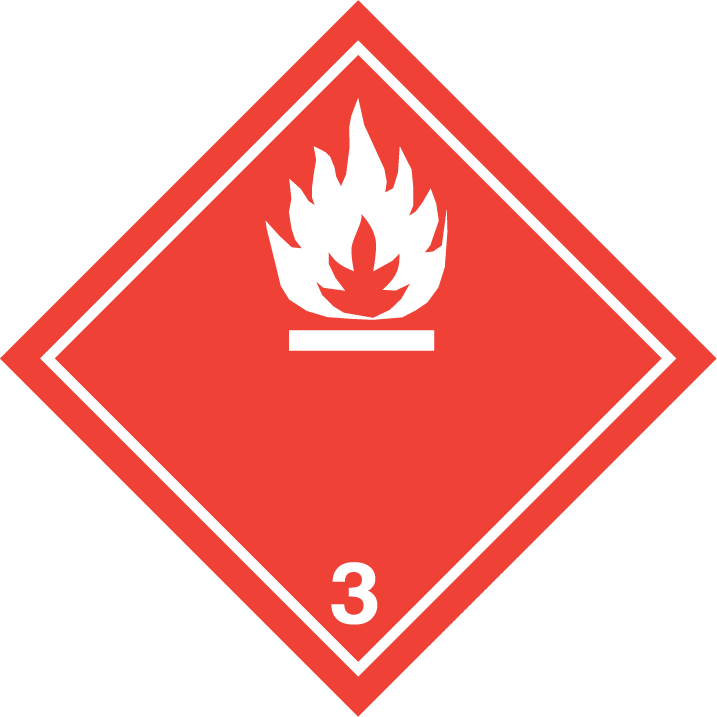
Symbol :Flame black or white
Ground :Red
Number & Colour :3 & Black or White
Example :Gasoline, Paint, Ink, Perfume,
Symbol :Flame Black
Ground :Seven vertical red stripes with six white stripes
Number & Colour :4 & Black
Example :Aluminum Powder, Celluloid, Naphthalene, Red Phosphorus, Neft Oil, Matches,
Symbol :Flame Black
Ground :Upper half white, bottom half red
Number & Colour :4 & Black
Example :Sodium sulfite, Metal catalysts, Charcoal, Fish Meal, Dried Grass
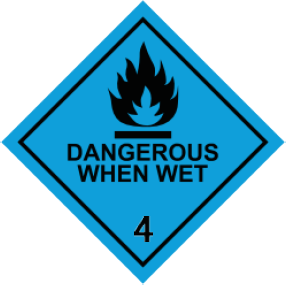
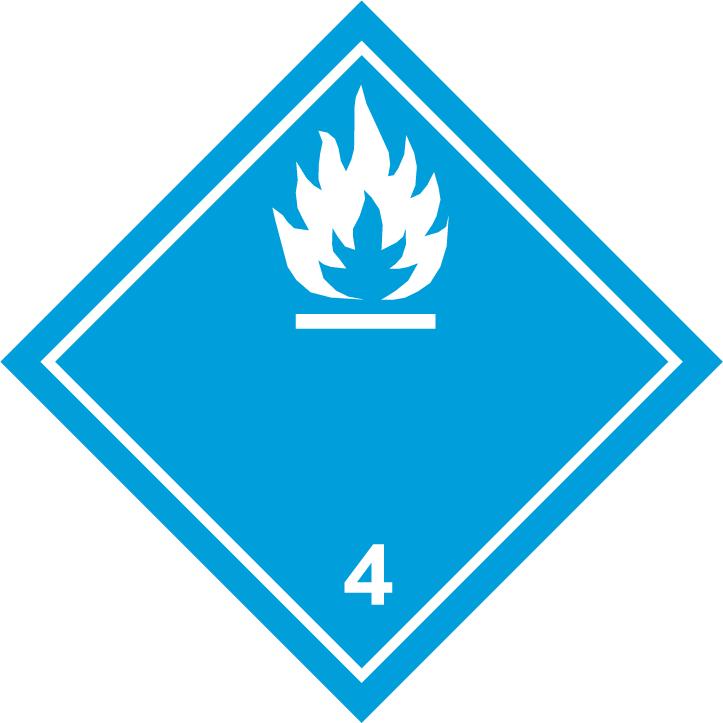
Symbol :Flame Black or white
Ground :Blue
Number & Colour :4 & Black or white
Example :Calcium, Magnesium, Alkaline Alloys, Barium, Carbide, Natrium
Symbol :Flame on circle black
Ground :Yellow
Number & Colour :5.1 & Black
Example :Oxygen producing chemicals, Nitrate, Artificial Fertilizer, Ammonium Sulfate
.png)
Symbol :Flame Black or white
Ground :Upper half red, bottom half yellow
Number & Colour :5.2 & Black
Example :Methyl ethyl ketone peroxide, Hair dyes, Body pastes, Benzol peroxide, Hydrogen peroxide
Symbol :Skull and crossbones black
Ground :White
Number & Colour :6 & Black
Example :Pesticides, Disinfectants, Rat poison, Mercury compounds, Nicotine, Lead
Symbol :Three overlapping crescents in a circle black
Ground :White
Number & Colour :6 & Black
Example :Bacteria, Viruses, Medical waste, Blood samples
Class :7A Category I- WHITE
Symbol :Clover Black
Ground :White
Number & Colour :7 & Black
Note :Bottom half black indicating “RADIOACTIVE”, " CONTENTS”, "ACTIVITY" and one vertical stripe of red color will follow the word “RADIOACTIVE”
Class :7B Category II- YELLOW
Symbol :Clover Black
Ground :Upper half yellow within white borders, bottom half white
Number & Colour :7 & Black
Note :Bottom half black indicating “RADIOACTIVE”, " CONTENTS”. "ACTIVITY" and In a box with a black outer line indicating “TRANSPORT İNDEX ” and two vertical stripes of red color will follow the word “RADIOACTIVE”
Class :7C Category III- YELLOW
Symbol :Clover Black
Ground :Upper half yellow within white borders, bottom half white
Number & Colour :7 & Black
Note :Bottom half black indicating “RADIOACTIVE”, " CONTENTS”. "ACTIVITY" and In a box with a black outer line indicating “TRANSPORT İNDEX ” and three vertical stripes of red color will follow the word “RADIOACTIVE”
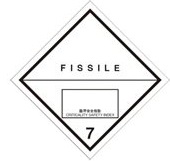
Class :7E Fissile material
Ground :White
Number & Colour :7 & Black
Note :Upper half black indicating “FISSILE" Bottom half black in a box with corners indicating "CRITICALITY SAFETY INDEX ..."
Symbol :Liquids pouring from two glass pipes and attacking metal with one hand Black
Ground :Upper half white, bottom half black within white borders
Number & Colour :8 & White
Example :Sulfuric acid, Hydrochloric acid, Acetic acid, Mercury, Battery water, Nitric acid
Class :9
Symbol :Upper half seven vertical stripes black
Ground :White
Number & Colour :Underlined 9 & Black
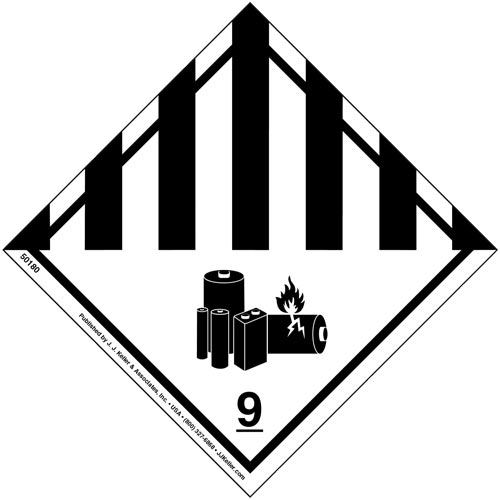
Class :9A
Symbol :Upper half seven vertical stripes black, bottom half battery group and defective flame emitting battery black
Ground :White
Number & Colour :Underlined 9 & Black